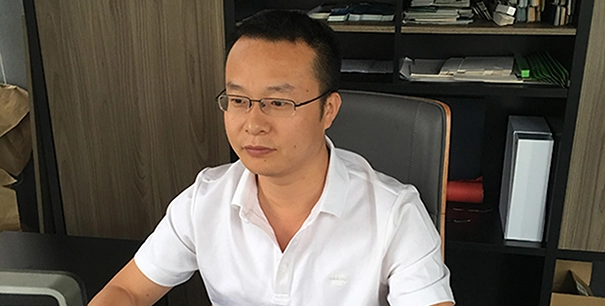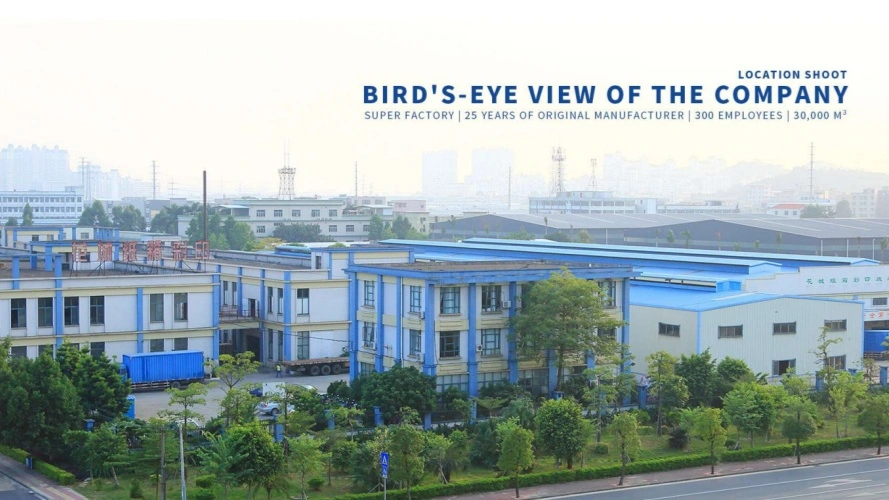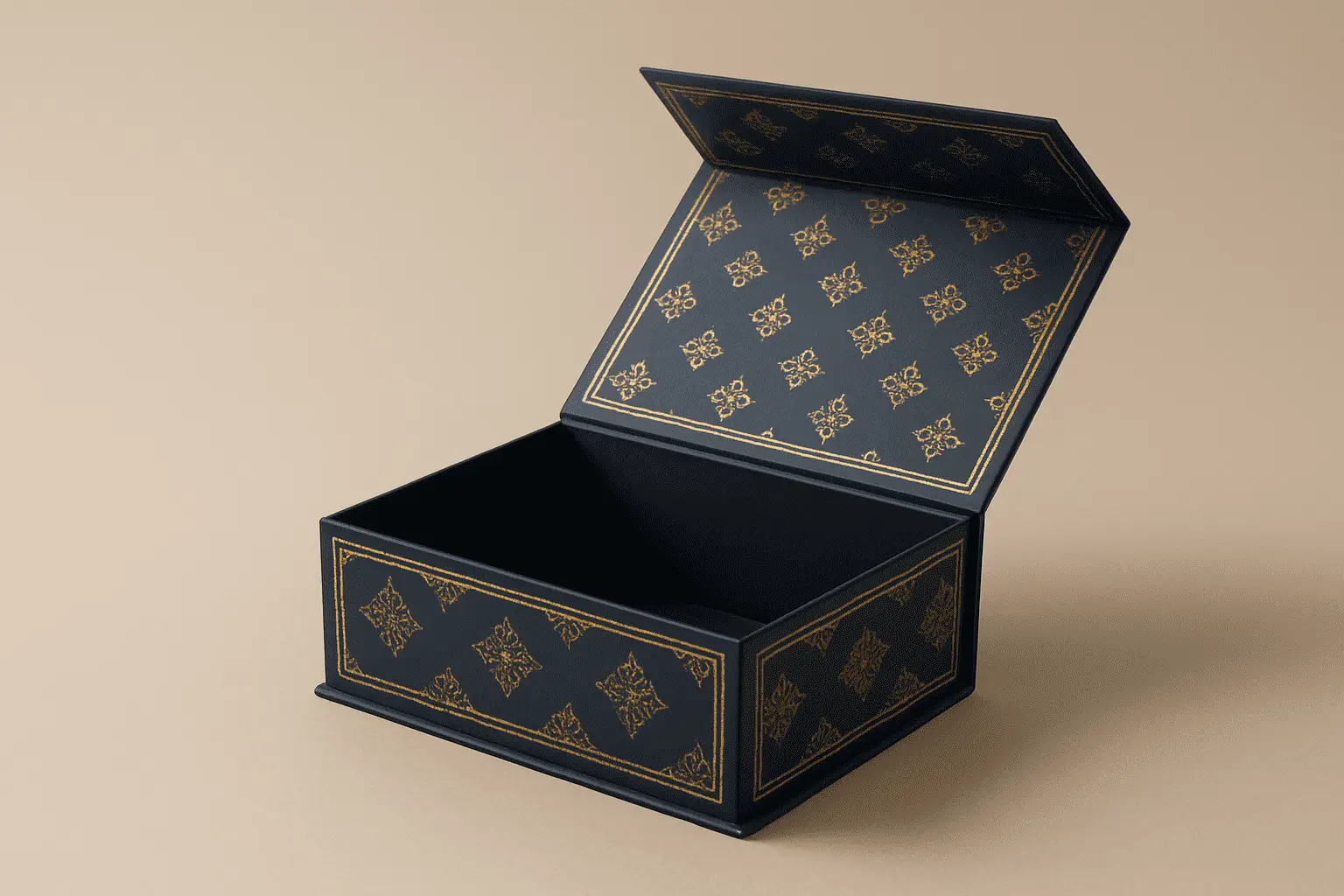What Materials Are Used to Make Metallic Paper Boxes?
Metallic paper boxes have become increasingly popular in luxury packaging due to their distinctive shimmer and premium appearance. Understanding the materials used in manufacturing these sophisticated packaging solutions is crucial for businesses seeking to enhance their brand image and create memorable unboxing experiences. A metallic paper box combines various high-quality materials and advanced manufacturing techniques to achieve its characteristic lustrous finish. The primary materials include specialized paperboard substrates, metallic coatings, adhesives, and finishing treatments that work together to create packaging that not only protects products but also serves as a powerful marketing tool. These materials are carefully selected based on factors such as durability, visual appeal, environmental impact, and cost-effectiveness, making metallic paper boxes an ideal choice for cosmetics, electronics, luxury goods, and gift packaging applications.

Core Paperboard Materials for Metallic Paper Boxes
High-Grade Cardboard Substrates
The foundation of any quality metallic paper box begins with selecting the appropriate paperboard substrate. Professional manufacturers typically offer various paperboard options ranging from 250g to 400g weight specifications, allowing customization based on specific product requirements and usage scenarios. The metallic paper box construction relies heavily on the structural integrity provided by these cardboard materials, which must balance strength, flexibility, and surface smoothness. Premium cardboard substrates are manufactured using virgin fibers or high-quality recycled materials that meet stringent quality standards. These materials undergo rigorous testing to ensure they can withstand the various surface treatments and finishing processes required to achieve the metallic appearance. The choice of paperboard weight directly impacts the final product's perceived value, with heavier substrates conveying a more luxurious feel that consumers associate with premium brands and high-quality products.
Specialized Coating Papers
Beyond traditional cardboard, metallic paper box manufacturing often incorporates specialized coating papers that serve as intermediate layers between the base substrate and the final metallic finish. These coating papers are engineered with specific surface properties that enhance adhesion and provide optimal conditions for metallic applications. The coating papers used in metallic paper box production typically feature micro-porous surfaces that allow for superior ink absorption and metallic foil adherence. These materials are formulated to resist moisture, prevent ink bleeding, and maintain dimensional stability throughout the manufacturing process. Professional packaging manufacturers understand that the quality of coating papers directly influences the final appearance and durability of the metallic paper box, making material selection a critical factor in achieving consistent, high-quality results that meet demanding customer expectations.
Sustainable Material Options
Modern metallic paper box manufacturing increasingly emphasizes sustainable material choices without compromising quality or visual appeal. FSC-certified paperboards and recycled content materials are becoming standard options for environmentally conscious brands seeking to reduce their packaging footprint. These sustainable materials undergo specialized treatment processes to ensure they can support metallic finishes while maintaining the premium appearance that consumers expect. The metallic paper box industry has developed innovative approaches to incorporate recycled fibers and bio-based materials into their manufacturing processes, demonstrating that environmental responsibility and luxury packaging can coexist. Leading manufacturers invest in research and development to continuously improve the sustainability profile of their materials while ensuring that the final metallic paper box products meet the highest standards for durability, appearance, and functionality.
Surface Treatment Materials and Techniques
Metallic Foil Stamping Materials
The signature appearance of a metallic paper box is achieved through carefully selected foil stamping materials that create the characteristic shimmer and reflective properties. Hot foil stamping utilizes specialized metallic foils available in various colors including gold, silver, bronze, copper, and custom metallic shades that can be matched to specific brand requirements. These foils consist of multiple layers including a carrier film, release layer, color layer, and adhesive layer that work together to create a permanent bond with the paperboard substrate. Cold foil stamping offers an alternative approach using pressure-sensitive adhesives and UV-curable systems that provide excellent detail reproduction and vibrant metallic effects. The metallic paper box manufacturing process requires precise temperature and pressure control to ensure optimal foil transfer and adhesion, resulting in finishes that resist scratching, fading, and wear throughout the product's lifecycle.
UV Coating Applications
UV coating represents another crucial material component in metallic paper box production, providing both protective and aesthetic benefits. UV coatings are formulated using photopolymer resins that cure instantly under ultraviolet light, creating a durable surface that enhances the metallic appearance while providing protection against scratches, moisture, and handling damage. Spot UV applications allow manufacturers to create selective gloss effects that complement metallic finishes, adding depth and visual interest to the metallic paper box design. Matte UV coatings provide tactile contrast and sophisticated appearance when combined with metallic elements, creating packaging that engages multiple senses. The UV coating materials used in metallic paper box production are engineered to maintain flexibility while providing superior protection, ensuring that the packaging maintains its premium appearance throughout shipping, handling, and display environments.
Embossing and Debossing Materials
Textural elements play a significant role in premium metallic paper box design, with embossing and debossing techniques adding dimensional interest that enhances the overall sensory experience. These processes require specialized tools and materials including embossing dies, counter-dies, and cushioning materials that work together to create raised or recessed designs in the paperboard substrate. The metallic paper box manufacturing process often combines embossing with metallic foil application to create striking visual effects that catch light and create shadow patterns. Micro-embossing techniques allow for incredibly fine detail reproduction, enabling complex patterns and textures that would be impossible to achieve through printing alone. The materials used in embossing processes must be carefully coordinated with the paperboard substrate and metallic finishes to ensure consistent results and prevent damage to the delicate surface treatments that give the metallic paper box its distinctive appearance.
Advanced Finishing Materials and Processes
Specialty Adhesives and Binding
The assembly of a metallic paper box requires specialized adhesives that can bond effectively with metallic surfaces while maintaining flexibility and durability. Structural adhesives used in metallic paper box construction must provide strong initial tack and ultimate bond strength while remaining invisible in the final product. These adhesives are formulated to resist temperature variations, humidity changes, and mechanical stress that packaging may encounter during shipping and handling. Water-based adhesives are increasingly preferred for metallic paper box manufacturing due to their environmental benefits and compatibility with recycling processes. The adhesive selection process considers factors such as open time, setting speed, bond strength, and compatibility with various surface treatments to ensure optimal performance. Professional manufacturers maintain strict quality control over adhesive application to prevent issues such as delamination, warping, or visible adhesive lines that could compromise the premium appearance of the metallic paper box.
Protective Coatings and Barriers
Beyond aesthetic considerations, metallic paper box materials must include protective elements that preserve product integrity and extend shelf life. Barrier coatings prevent moisture infiltration, oxygen transmission, and other environmental factors that could damage packaged products or compromise the metallic finish. These specialized coatings are applied as thin films that maintain the visual appeal of the metallic paper box while providing functional protection. Anti-static coatings may be incorporated for electronics packaging applications, while antimicrobial treatments can be added for health and beauty products. The selection of protective materials requires careful consideration of the intended use environment and product requirements to ensure that the metallic paper box provides optimal protection throughout its intended lifespan. Advanced barrier technologies continue to evolve, offering improved performance while maintaining compatibility with recycling systems and environmental regulations.
Quality Control Materials and Testing
The production of high-quality metallic paper boxes requires comprehensive quality control materials and testing procedures to ensure consistency and reliability. Color matching systems, surface tension testing materials, and adhesion measurement tools are essential components of the quality assurance process. These materials help manufacturers verify that each metallic paper box meets established specifications for appearance, durability, and performance. Calibration standards and reference materials ensure that production equipment maintains accuracy throughout extended manufacturing runs. Testing materials for evaluating print quality, metallic finish uniformity, and structural integrity are regularly updated to reflect evolving industry standards and customer expectations. The investment in quality control materials demonstrates the manufacturer's commitment to delivering metallic paper box products that consistently meet or exceed customer requirements while maintaining the premium appearance and functionality that define successful luxury packaging.
Conclusion
The materials used in metallic paper box manufacturing represent a sophisticated combination of traditional paperboard substrates, advanced metallic coatings, specialized adhesives, and protective treatments. Understanding these materials is essential for businesses seeking to create impactful packaging that enhances brand perception and delivers exceptional customer experiences. From the selection of appropriate paperboard weights to the application of metallic foils and protective coatings, each material choice influences the final product's appearance, durability, and environmental impact. The continued evolution of materials technology ensures that metallic paper boxes will remain a premium packaging option that combines visual appeal with functional performance.
Ready to elevate your brand with premium metallic paper box packaging? With over 20 years of experience in the packaging industry, Guangzhou Fetching Color Printing & Packaging Ltd. brings unmatched expertise to every project. Our 35,000 m² facility houses state-of-the-art equipment and over 300 skilled professionals dedicated to creating exceptional packaging solutions. Having served over 1,000 loyal customers worldwide, we understand the importance of quality, reliability, and innovation in luxury packaging. Our comprehensive capabilities include advanced printing technologies, sophisticated finishing options, and sustainable material choices that align with modern brand values. Whether you need custom metallic paper boxes for cosmetics, electronics, or luxury goods, our experienced team is ready to transform your vision into reality. Contact us today at public@fetchingprinting.com to discuss your packaging requirements and discover how our premium metallic paper box solutions can enhance your brand's market presence and customer engagement.
References
1. Smith, J.R. & Anderson, M.K. (2023). "Advanced Materials in Luxury Packaging: Trends and Applications in Metallic Surface Treatments." International Journal of Packaging Technology, 45(3), 78-92.
2. Chen, L., Wang, H., & Rodriguez, P. (2022). "Sustainable Paperboard Substrates for Premium Packaging Applications: Performance and Environmental Considerations." Packaging Materials Research Quarterly, 28(4), 156-171.
3. Thompson, A.B. & Kumar, S. (2023). "Foil Stamping Technologies: Material Selection and Process Optimization for Metallic Packaging." Surface Treatment Engineering Review, 15(2), 34-48.
4. Martinez, C.E., Foster, D.L., & Park, Y.H. (2022). "UV Coating Applications in Metallic Package Manufacturing: Durability and Aesthetic Enhancement." Coating Technology International, 39(7), 112-127.
5. Williams, R.J. & Zhang, Q. (2023). "Adhesive Systems for Multi-Layer Metallic Packaging: Performance Characteristics and Application Methods." Adhesives and Sealants Industry Journal, 31(5), 89-104.
6. Johnson, K.M., Lee, S.Y., & Brown, T.A. (2022). "Quality Control in Metallic Paper Box Manufacturing: Materials Testing and Process Validation." Packaging Quality Assurance Review, 18(6), 203-218.

Based on your location and order quantity, you will have the opportunity to receive a limited time free shipping promotion!

Corporate Purpose
